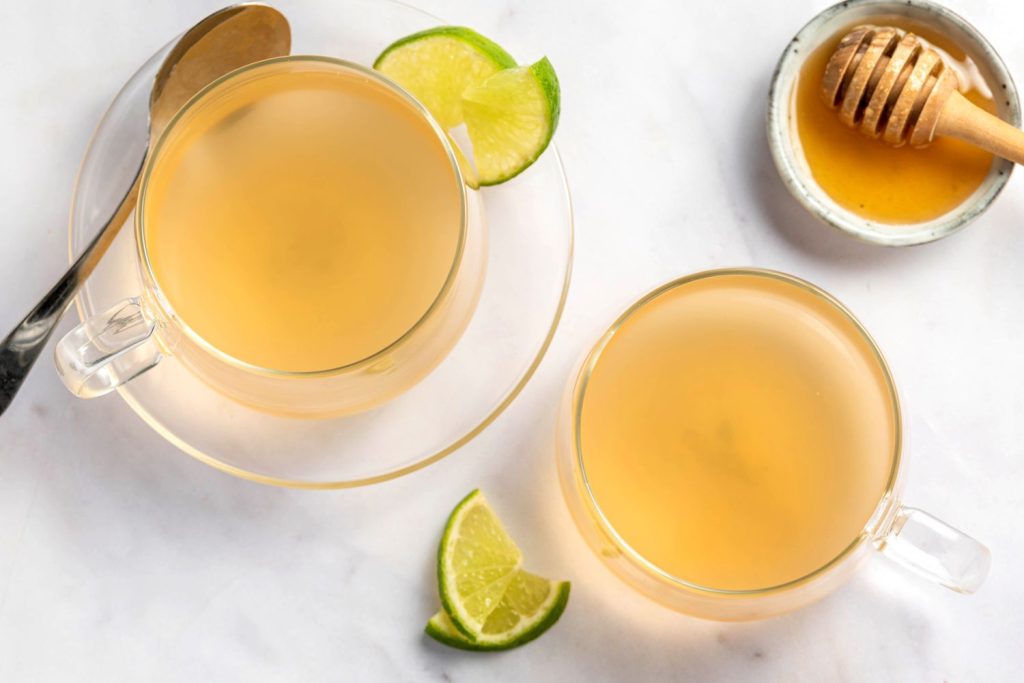Making ginger tea is a simple yet satisfying way to enjoy a warming, soothing drink that’s perfect for cold days or as a relaxing alternative to a nightcap. Known for its centuries-old history, ginger tea is loved for its ability to ease indigestion and soothe upset stomachs while bringing a lightly spicy flavor that feels like a hug in a mug. The alcohol-free, nourishing nature of this tea makes it an excellent choice anytime, especially in winter, when a warm, comforting drink can be a real treat. As someone who has recently added this tea to my repertoire, I find it invigorating and delicious, especially with optional add-ins like fennel for digestion or cinnamon for a touch of sweetness.
To make it, start by thinly slicing fresh ginger, adding it to hot water, and allowing it to simmer. This unlocks that lovely depth of flavor that makes ginger tea so unique. For a tastier and more potent brew, let it sit for about 10 minutes, adjusting to taste. You can even add honey or a lemon slice to brighten it up. The proportions can be adjusted to your liking, and as ginger tea is extremely versatile, you can get creative by experimenting with optional add-ins like mint or turmeric for added health benefits. This simple recipe is perfect for anyone who loves tea but wants something a little more real and invigorating.
Uses for Ginger Tea
Ginger tea is a warming drink that’s perfect for cool weather. Whether it’s a morning pick-me-up or a relaxing evening sipper, it’s a great choice to lift your mood. Not only is it a seasonal favorite, but it’s also a non-alcoholic, non-caffeinated alternative to heavy drinks like hot chocolate. Plus, it’s virtually calorie-free unless you add a sweetener, making it a perfect option for anyone cutting back on calories. Beyond just being a tasty drink, ginger tea also aids digestion, helps soothe upset stomachs, and can reduce nausea. Many women use it to find relief from morning sickness, and research shows that ginger is a well-studied herb that’s proven effective in treating vomiting during pregnancy. According to dietitian Lily Nichols, ginger is the only herb universally safe and effective for nausea treatment, unlike ginger ale or ginger sodas, which lack enough actual ginger to be effective. If you have any concerns, it’s always a good idea to consult a doctor.
How to Make Ginger Tea
Slice fresh ginger thinly (about a one-inch piece per cup).
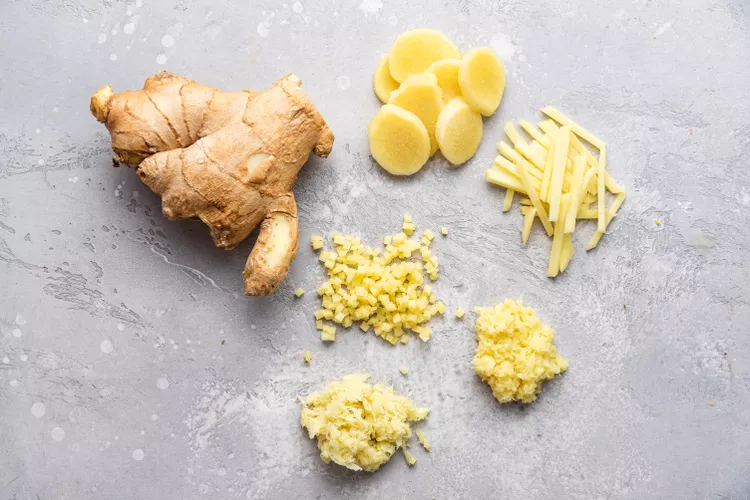
Rinse the ginger to remove any dirt (peeling is optional, especially if it’s organic or has no blemishes).
In a saucepan, combine the sliced ginger with water (use one cup of water per serving).
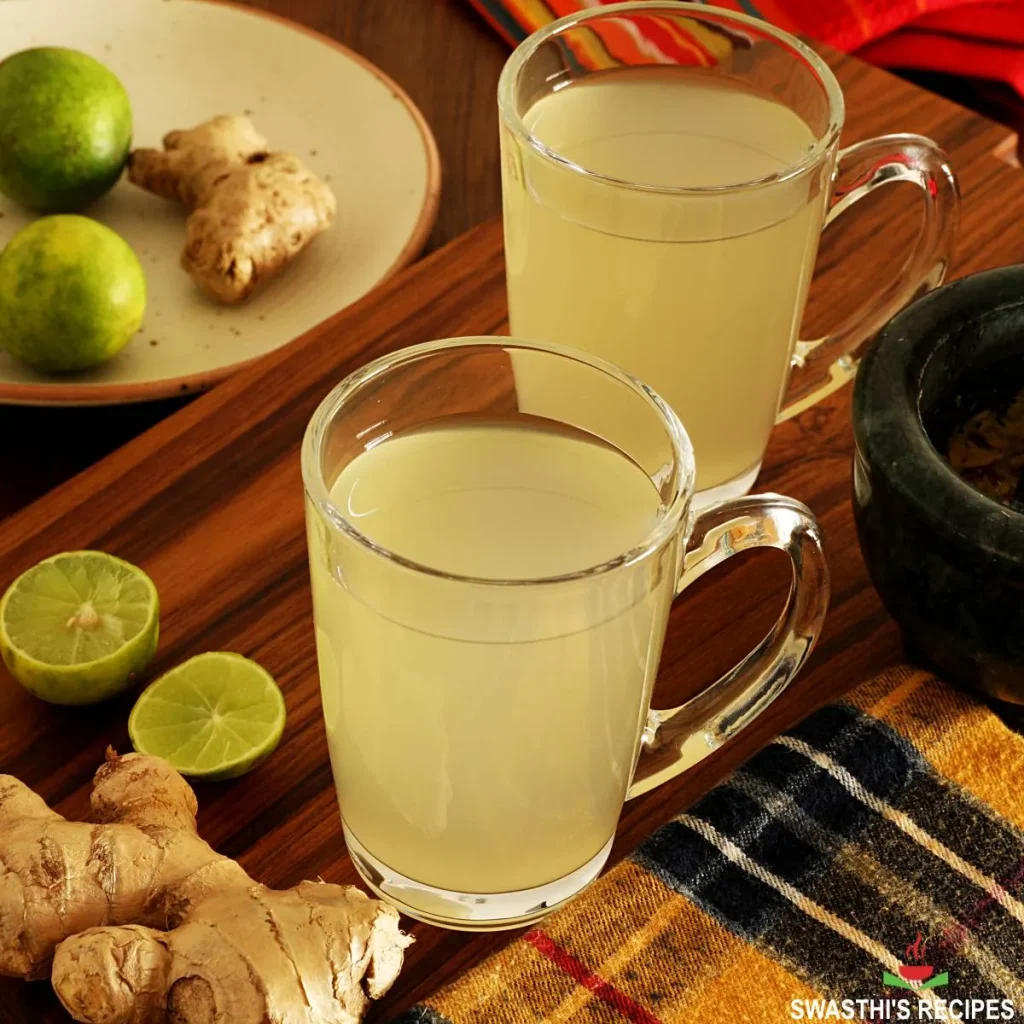
Bring the mixture to a boil over high heat.
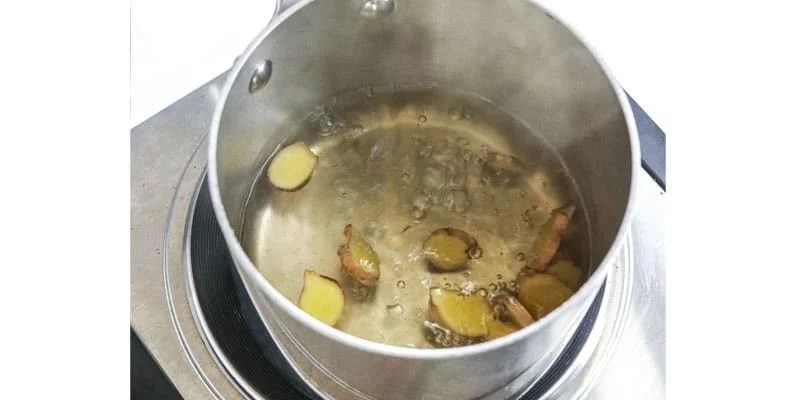
Once boiling, reduce the heat to maintain a gentle simmer.
Let the ginger simmer for about five minutes (or up to ten minutes for a stronger, more pungent flavor).
Strain the tea through a fine sieve to remove the ginger.
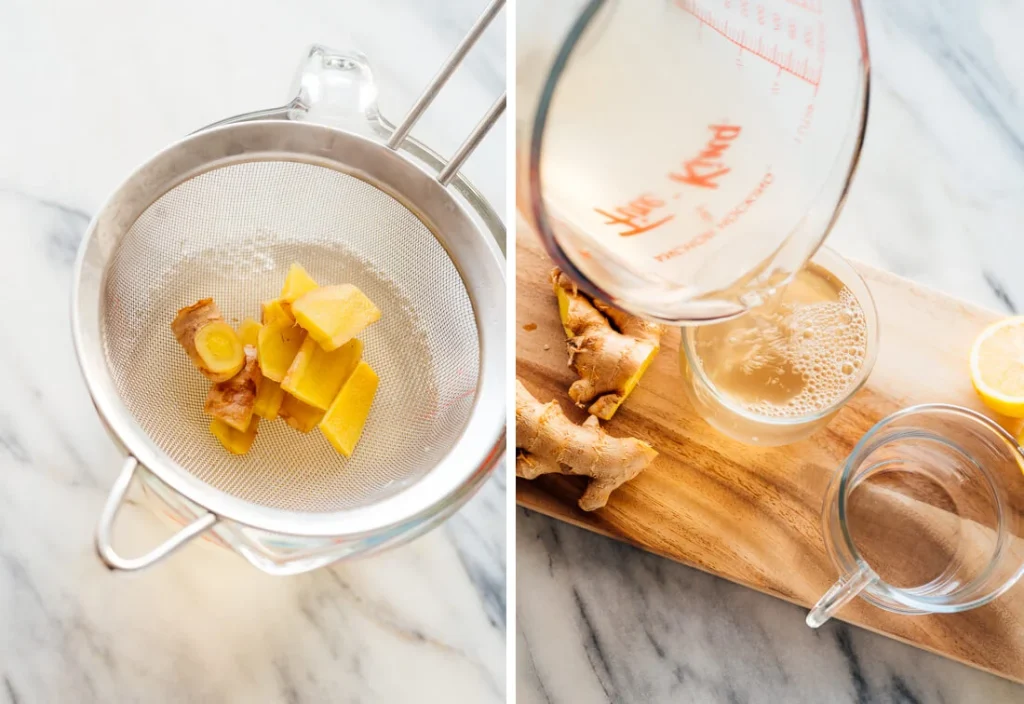
If desired, add a thin slice of lemon or orange for acidity.
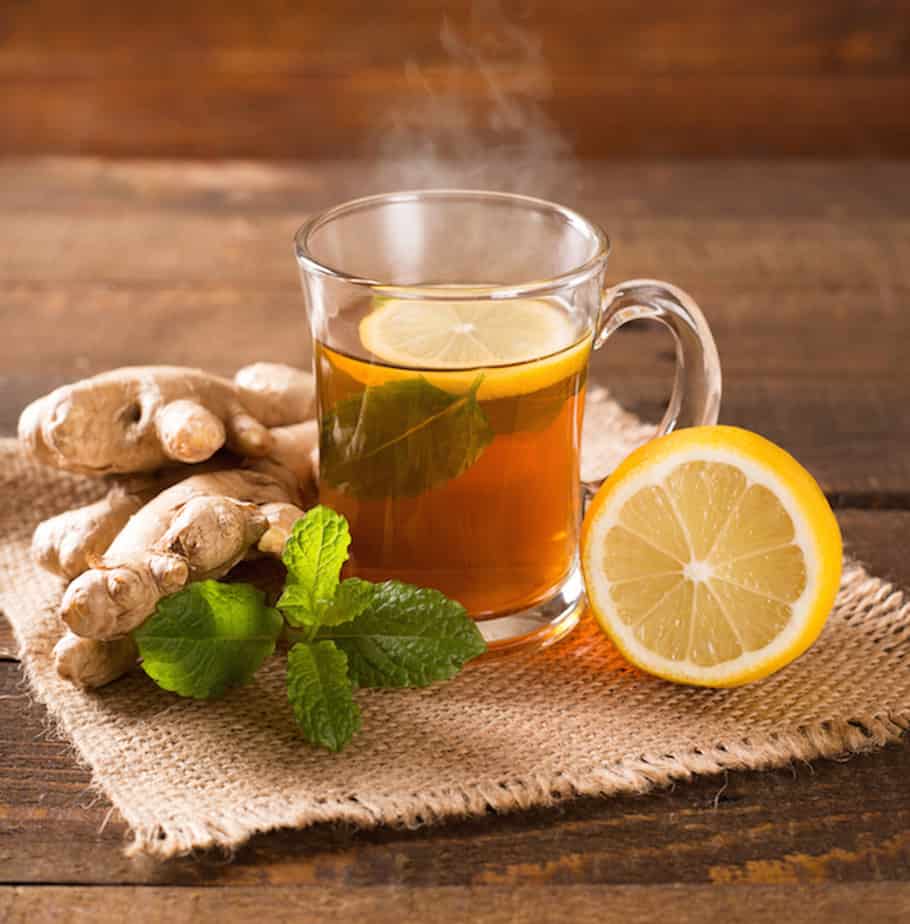
Optionally, drizzle with honey or maple syrup to balance the fiery ginger flavor.
For extra flavor, add optional add-ins like cinnamon sticks for sweetness or fresh turmeric for an anti-inflammatory boost.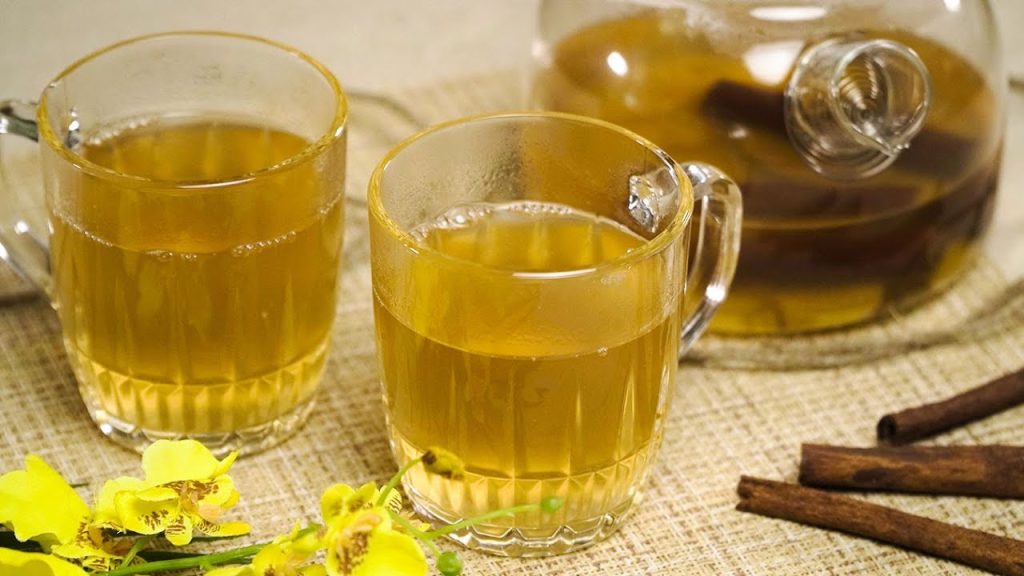
Serve and enjoy this versatile, healthy tea!
Ginger Tea Variations
If you’re ready to change up your usual plain ginger tea, there are some great variations you can try that add exciting flavors and extra benefits. Here are a few step-by-step ideas to spice things up!
Ginger-Cinnamon Tea
Add a cinnamon stick to your ginger tea mixture before bringing it to a simmer. The cinnamon adds a warming spice that pairs perfectly with ginger’s natural heat, making it even more comforting.
Ginger-Turmeric Tea
For an extra anti-inflammatory boost, try adding fresh turmeric to your ginger tea. Turmeric gives the tea an orangey hue and brings an extra-spicy and intriguing flavor. Simply slice the turmeric just like you would with fresh ginger and add it to your water mixture.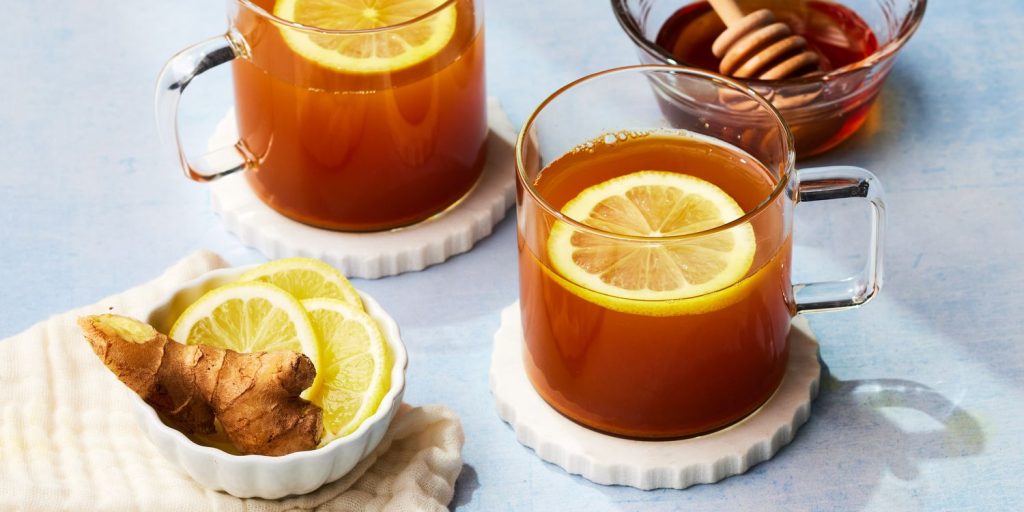
Ginger-Mint Tea
Want a more refreshing twist? Add a few sprigs of mint to your ginger tea. The cooling mint balances the warmth of ginger, creating a lovely contrast in flavors.
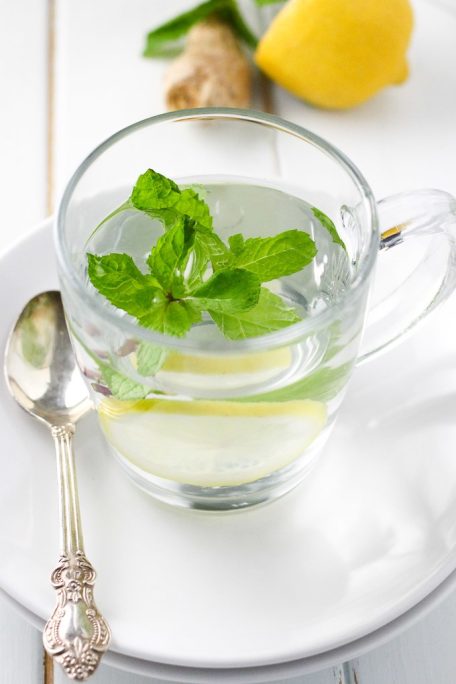
Ginger Hot Toddy
If you’re in the mood for something a bit more robust, make a ginger hot toddy by following a classic hot toddy recipe and adding fresh ginger. This is especially nice for colder days.
Feel free to experiment and serve your tea with any of these variations. I’d love to hear how they turn out—leave a comment and share your experience!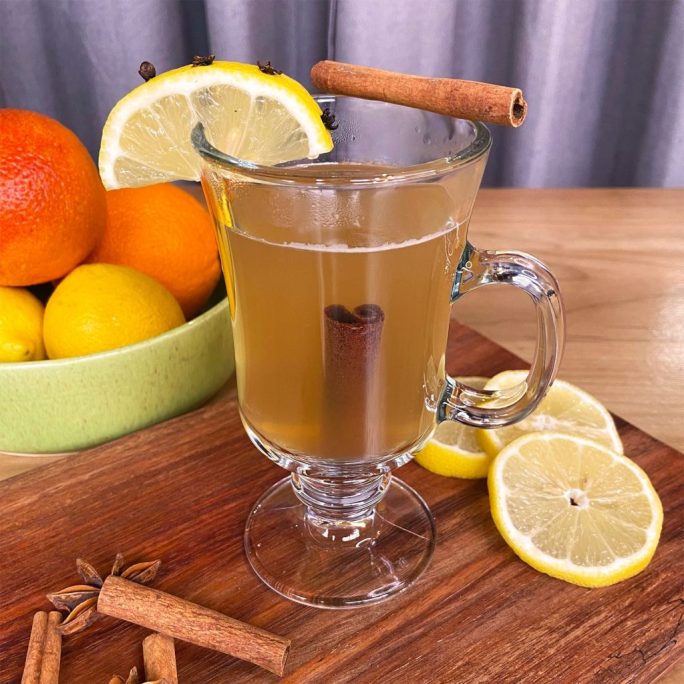
Important Queries
Does ginger need to be peeled before making tea?
Peeling ginger is optional and a matter of preference. Some people don’t peel the root, especially for ginger tea since it isn’t consumed. However, if you choose not to peel it, be sure to rinse and scrub the ginger thoroughly to remove any dirt or debris.
How should ginger tea be stored?
Leftover ginger tea can be stored in an airtight container or bottle in the refrigerator for up to one week. Freezing extra ginger root for future use is also an option. Some sediment may form as the tea sits, but it’s safe to drink.
What is ginger tea good for?
Ginger tea has powerful anti-inflammatory, antioxidant, and antimicrobial properties. It has been used as a remedy for nausea, colds, and pain, and studies show potential benefits for conditions like high blood pressure, diabetes, and neurodegenerative diseases such as Alzheimer’s.

